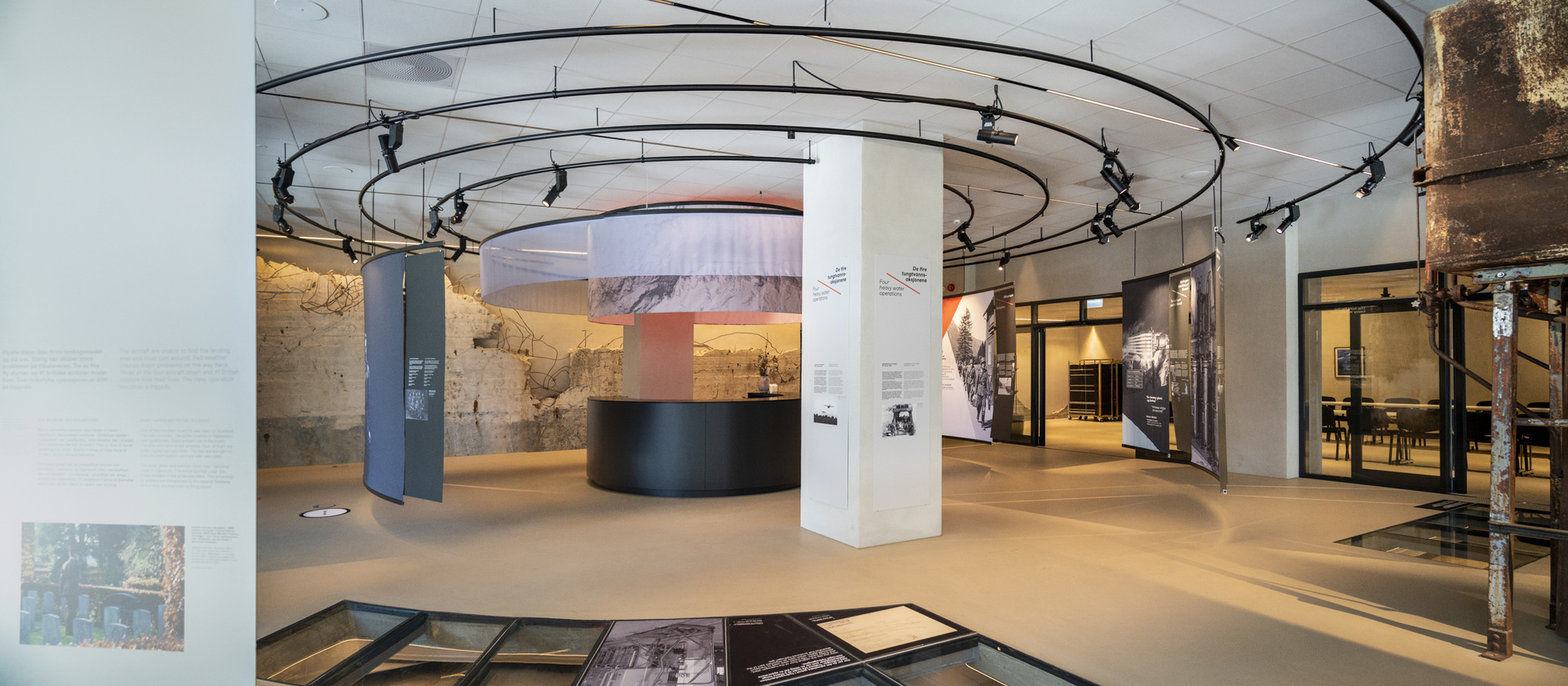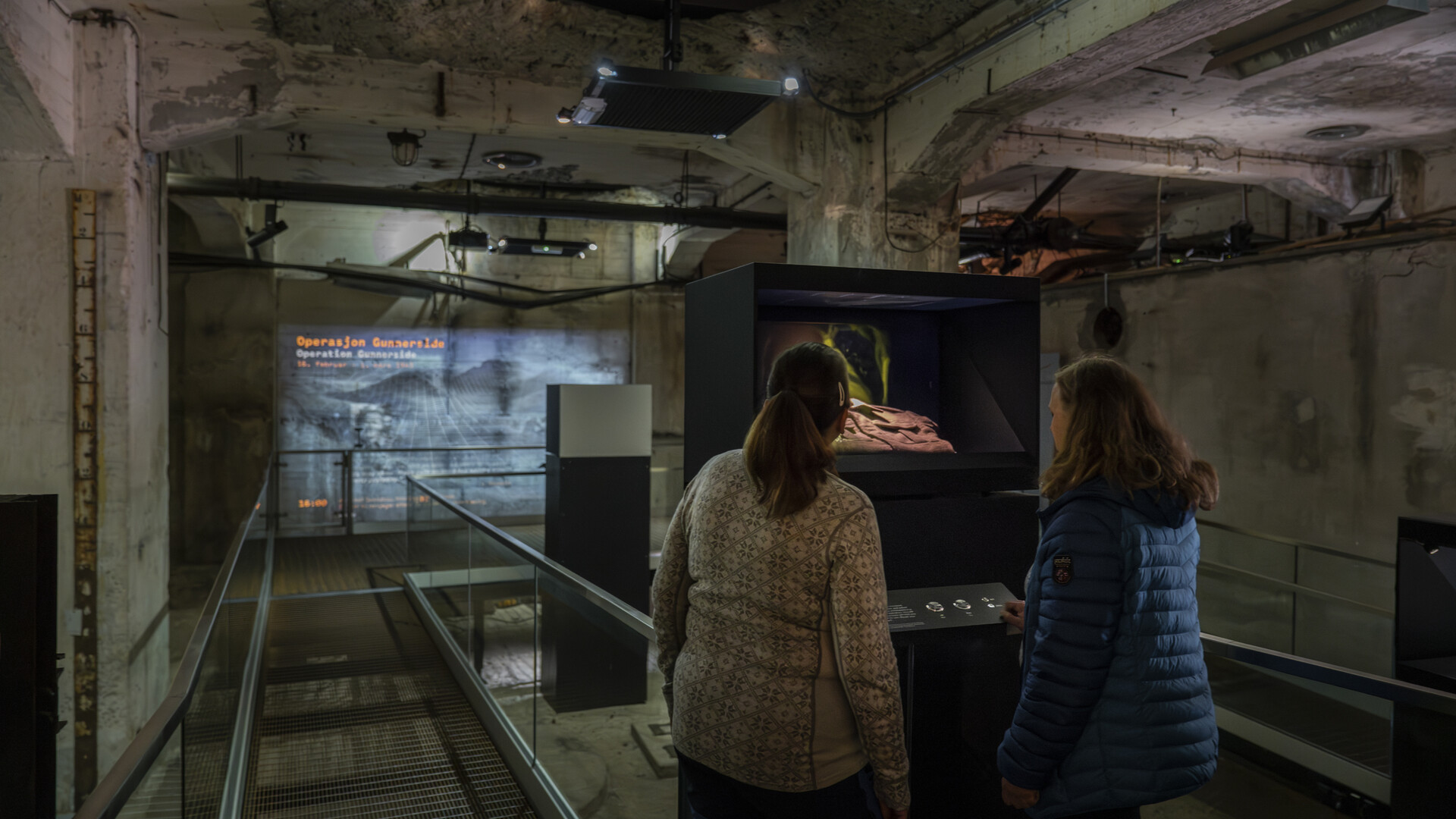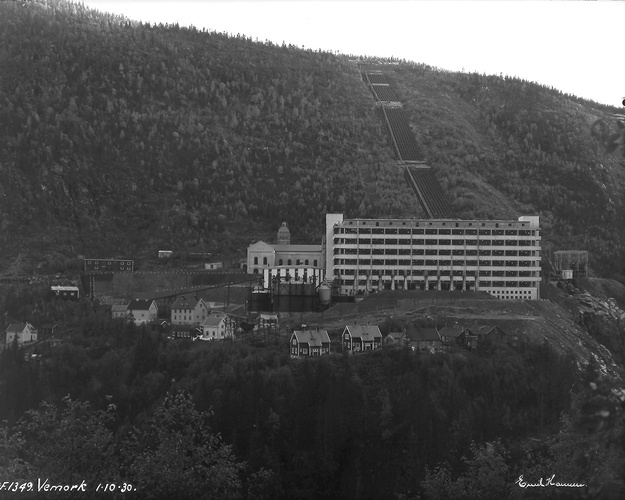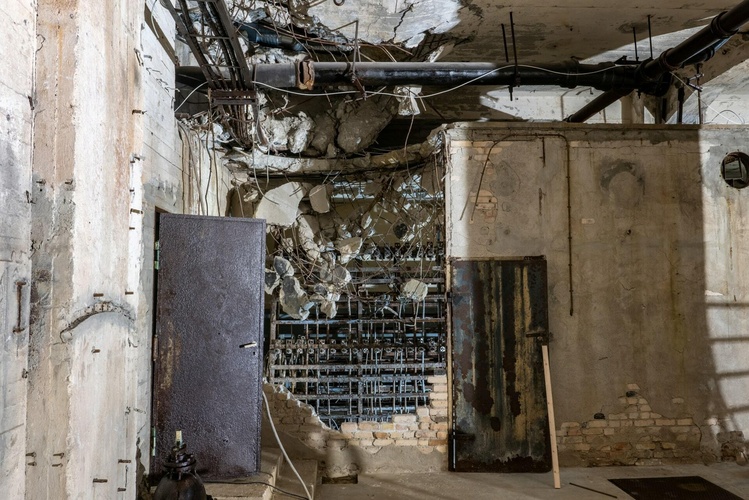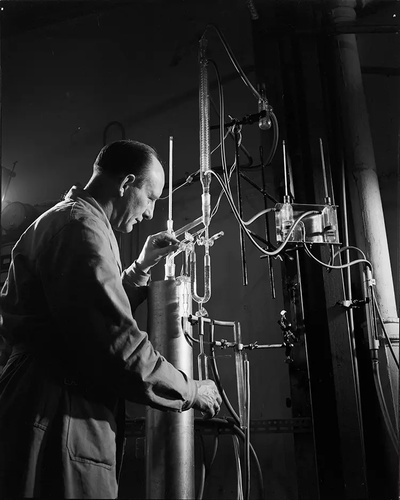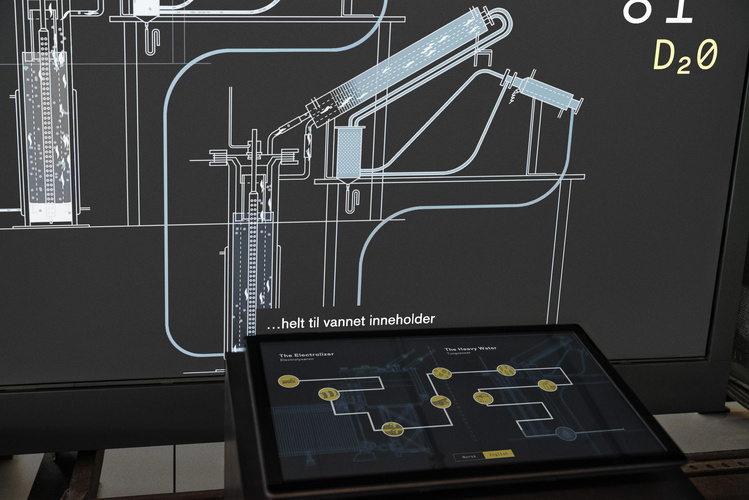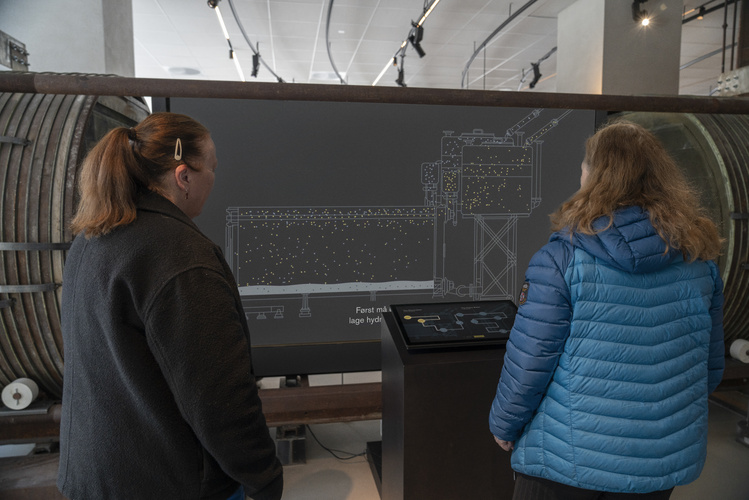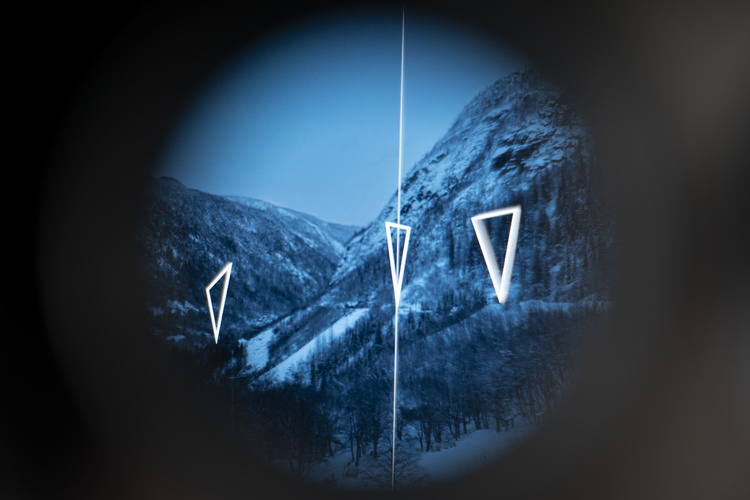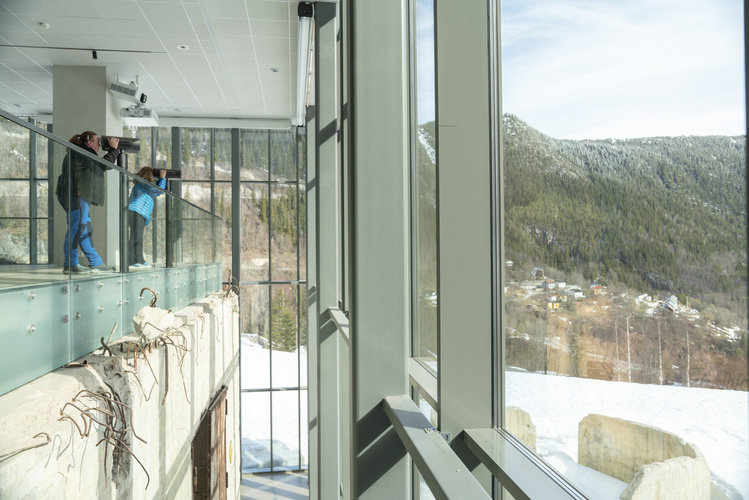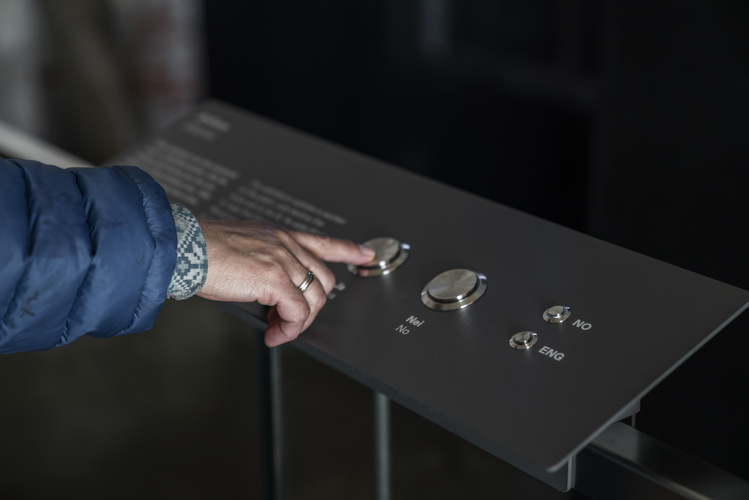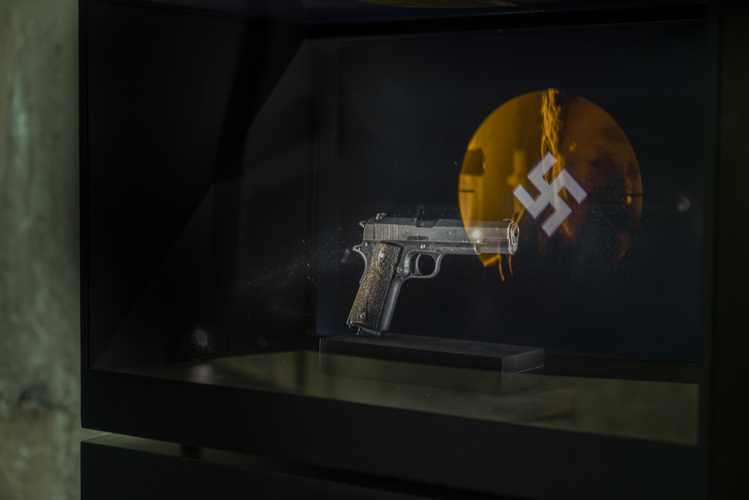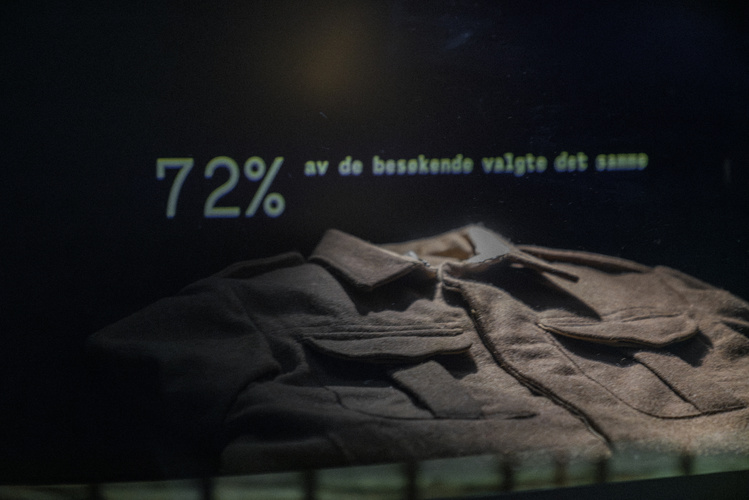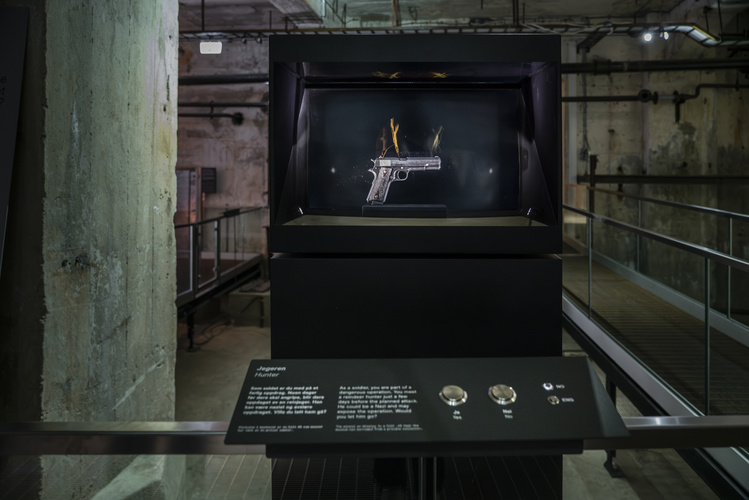Heavy Water Cellar
Vemork, Norway
On a dark night in February of 1943, the world-changing Norwegian sabotage action “Operation Gunnerside” took place at the Vemork power plant and destroyed the Heavy Water Basement. This basement in the hydrogen factory housed the production facility of heavy water used by the Nazis in the race to develop a nuclear bomb. By destroying the production site, the Allied forces could set the Nazis back considerably.
Our team brought the actions from that historical moment to life by creating an interactive exhibition in a glass building surrounding the excavated original basement. To experience the danger of that night, we used augmented reality to bring to life the perilous journey the saboteurs took. We developed an innovative way to demonstrate how heavy water was produced in the 1940s using an electrolyzer. As visitors tour the original basement, they encounter multimedia installations which exemplify the dilemmas the saboteurs encountered during their life as soldiers in the war. We highlighted the original museum artifacts by encasing them in holographic displays to bring together the digital with the historic in a way that adds layers of information to the object while still protecting it.
Gagarín's closest partners in the project were Kvorning Design and Viz.
The building was completed in 1929 and was called “an architectural achievement”. Locally, the plant was known as “hydrogen”. Photos: Norsk Industriarbeidermuseum
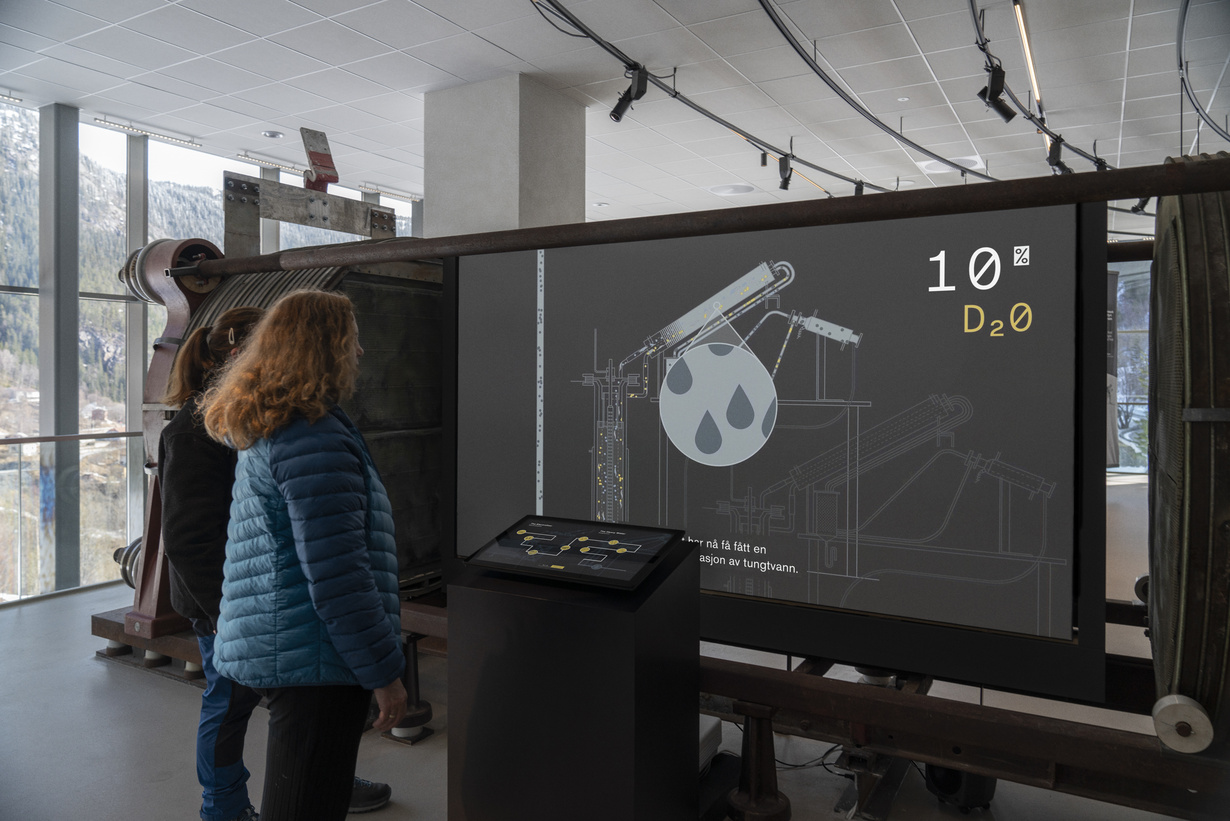
The largest hydrogen factory in the world stood on this site housing a massive 6 story factory filled with electrolysers which produced hydrogen gas. An original electrolyser functions as the backdrop for an animation of the inner workings of the factory. This method of digital storytelling brings together the original technology of the electrolyser with a carefully designed multimedia experience to scientifically explain step-by-step how heavy water is produced.
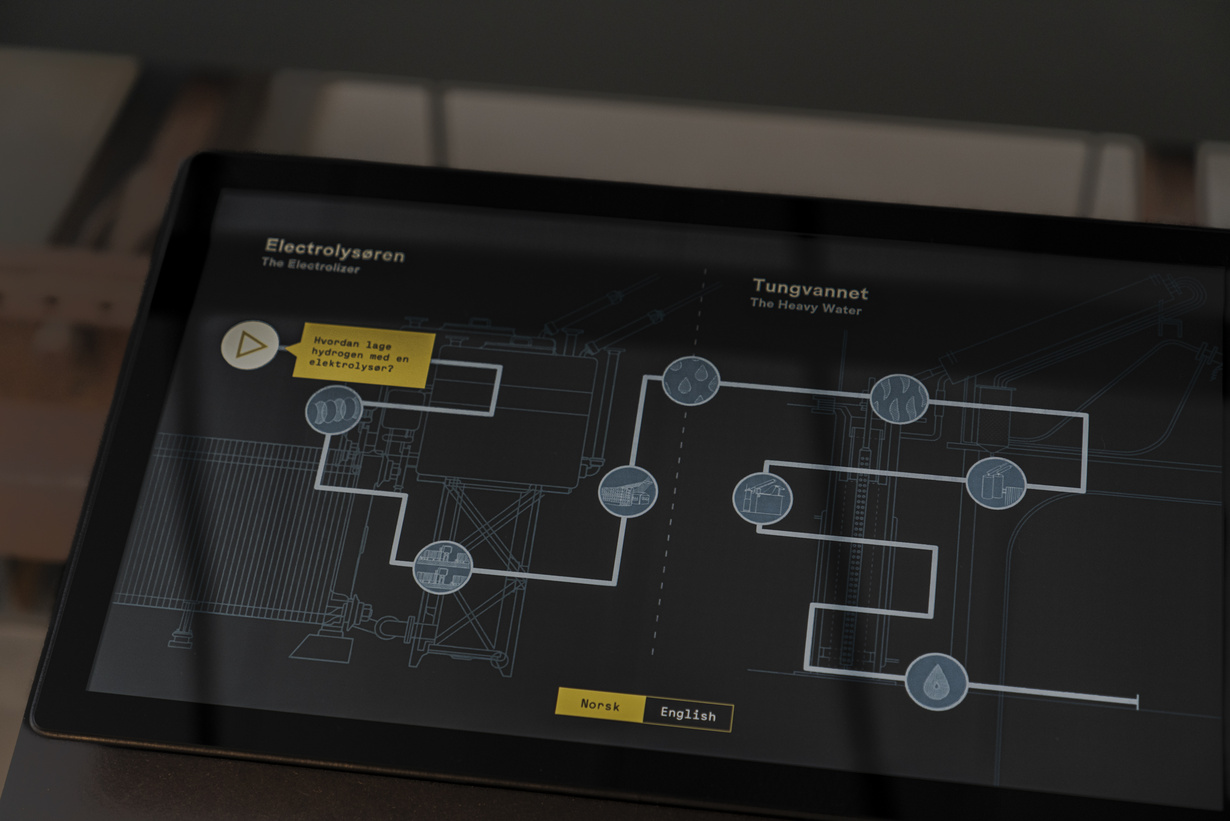
The visitor can choose which aspects of the Elctrolyser he wants to learn about.
When a visitor finds out how the machine works, they see how it played a crucial role in producing heavy water.
Experience what was once the world’s largest power station and is now a UNESCO World Heritage Site as part of the Rjukan-Notodden Industrial Heritage Site. Norsk Industriarbeidermuseum
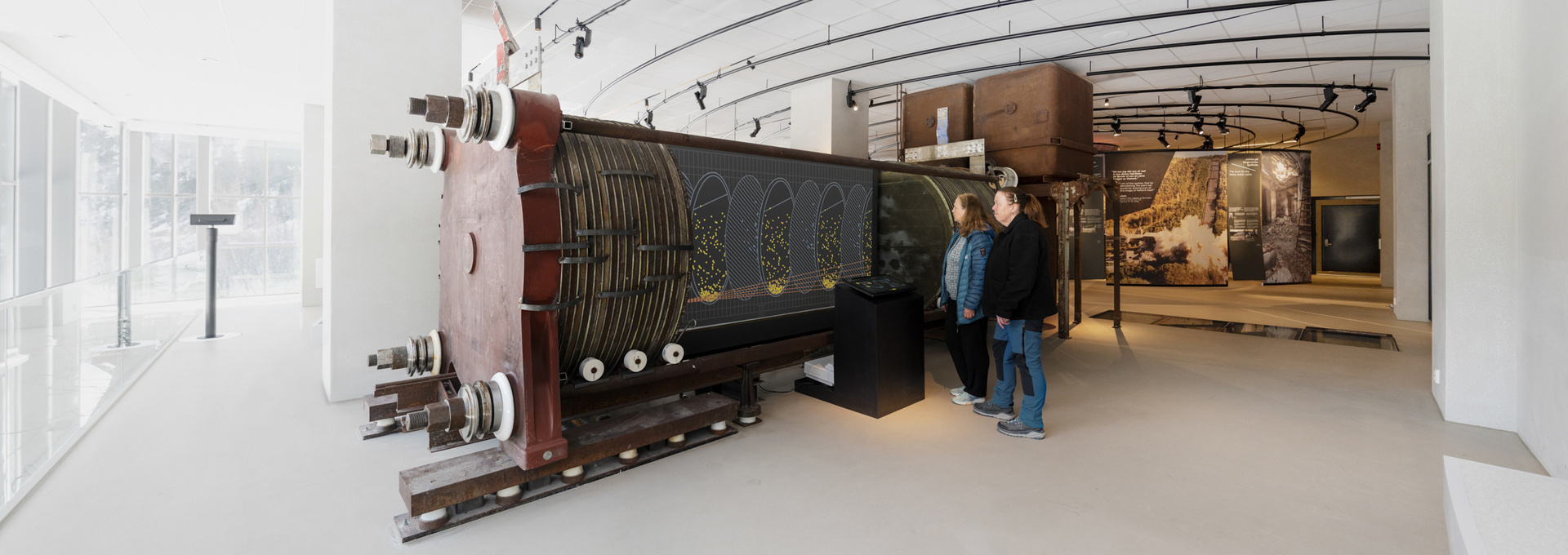
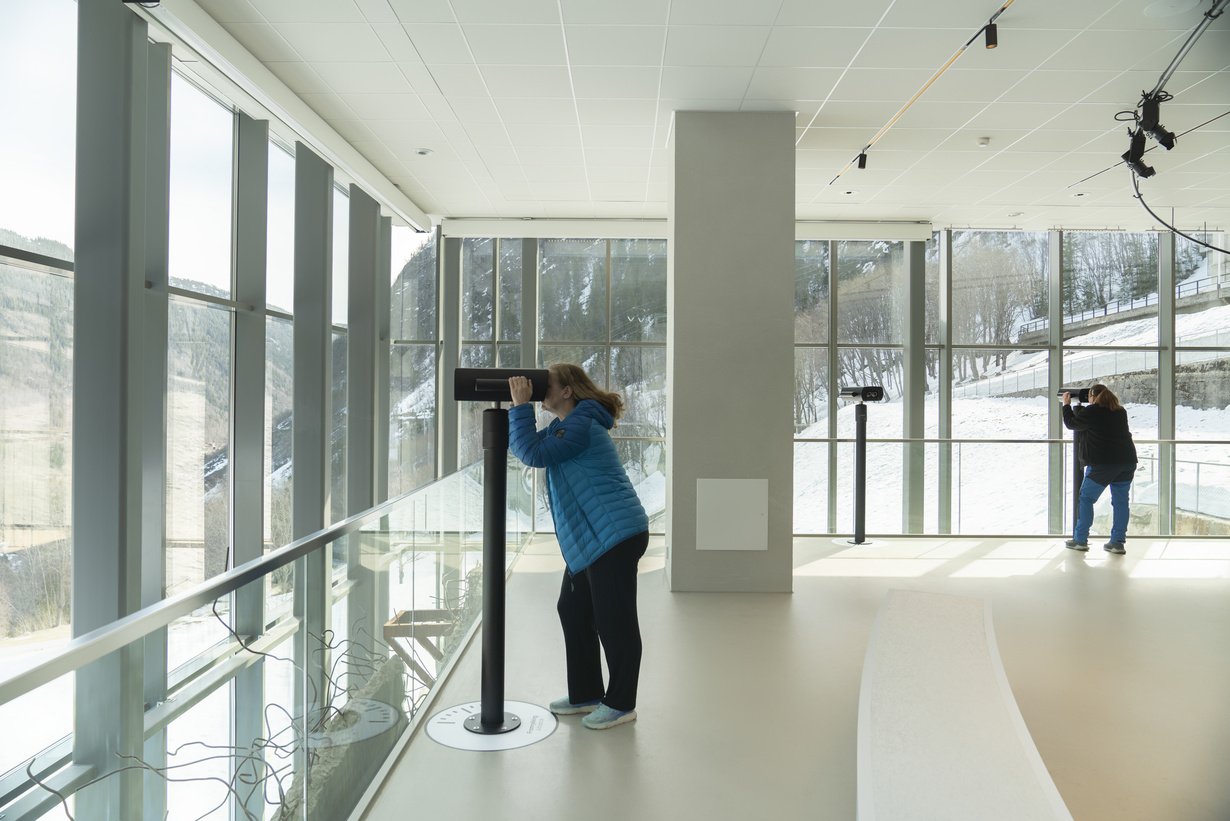
Three augmented reality (AR) binoculars are placed to look out over the wilderness where the historical events happened, leading up to and during the attack of the Heavy Water Plant. In the binoculars, visitors can explore three categories of stories about Operation Gunnerside and can turn back time to the winter of 1943.
The AR binoculars are a way to see important events in the attacks of the heavy water plant in situ in the environment, viewable right outside the museum. It tells the story through the visitor retrieving bits of the attack one at a time.
Follow in the feet of heroes. Stand where the heroes stood. See the result of the mission that changed the course of history, while also learning about a major, important part of Norwegian history. Norsk Industriarbeidermuseum
Working on a protected site was an exciting challenge. We had to take intelligent risks to ensure that we both respected the protected monument, which couldn’t be altered in any way, and developed an engaging, exciting, and educational interactive exhibition. Our team focused on quality and flexibility, coming up with adaptive solutions that would fit the narrative and comply with the requirements of the space. Ultimately, the two floors of experiences we developed with Kvorning Design complement the grand finale tour in the basement, where the visitors come close to the sabotage event.
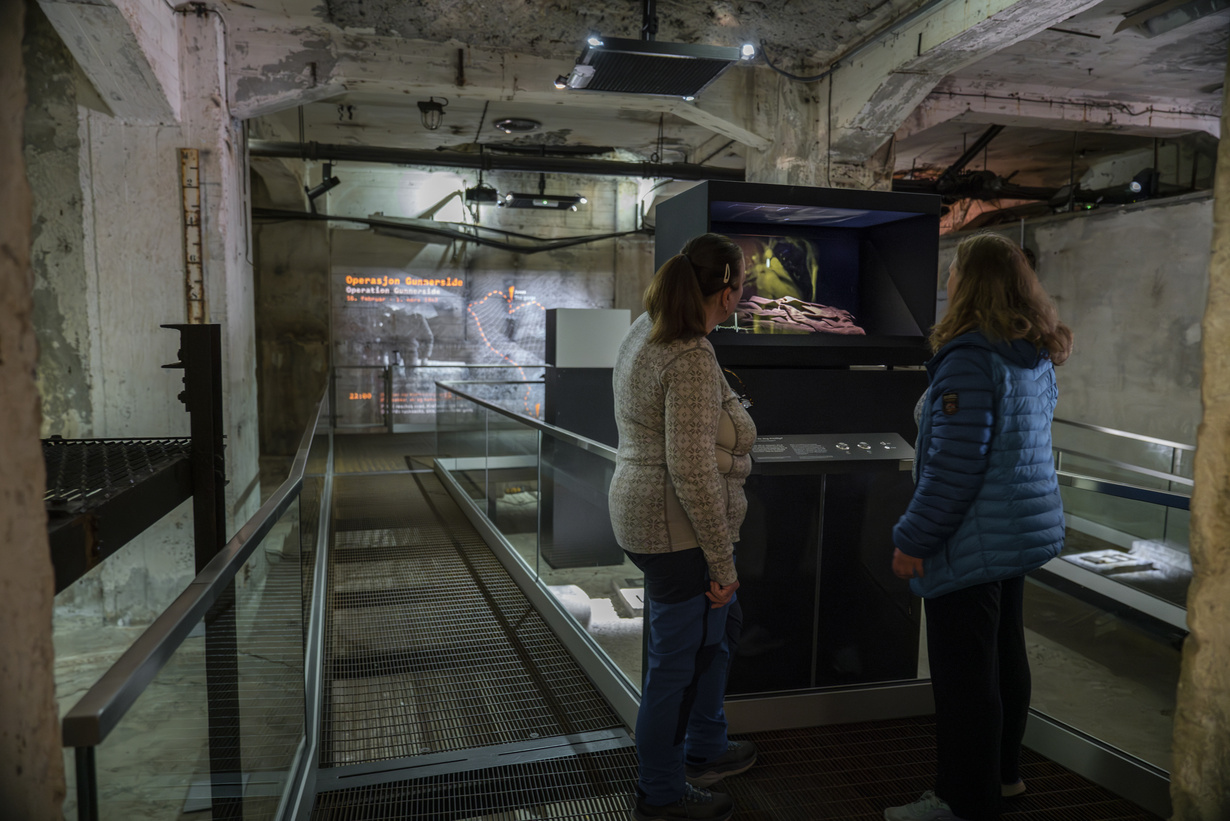
Seven objects illustrate the dilemmas the saboteurs encountered while on their mission. A holographic display introduces these dilemmas to the audience, who will then have to make a decision - the same way the heroes did back in the day. As a result, they are presented with how the story went down and can see what the average answer of the audience is.
